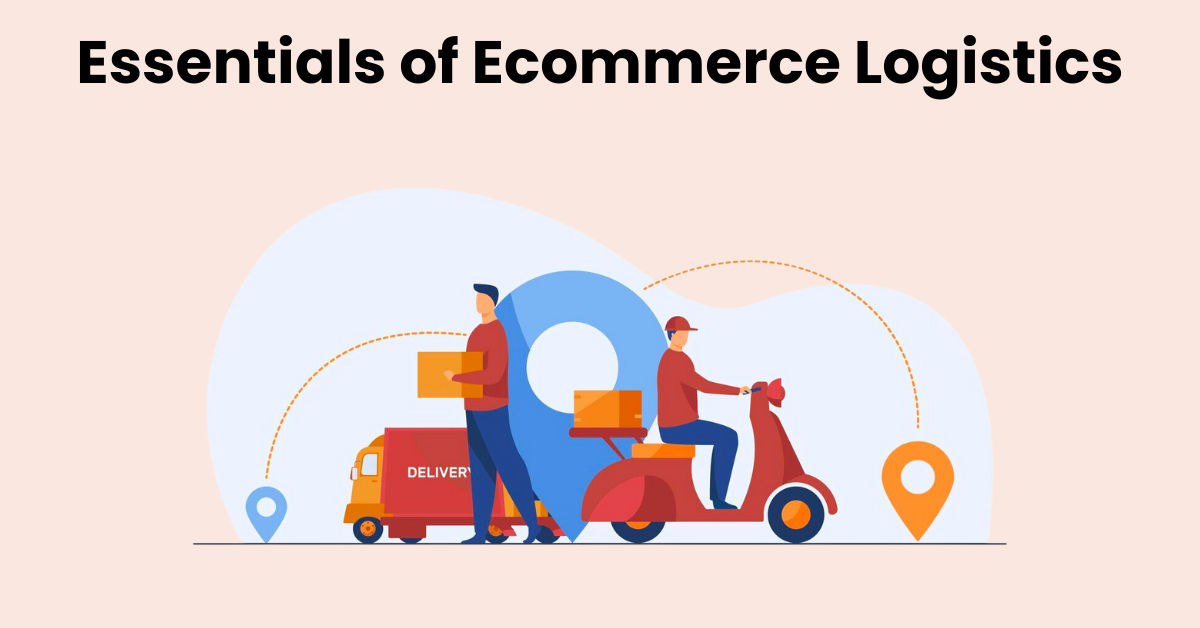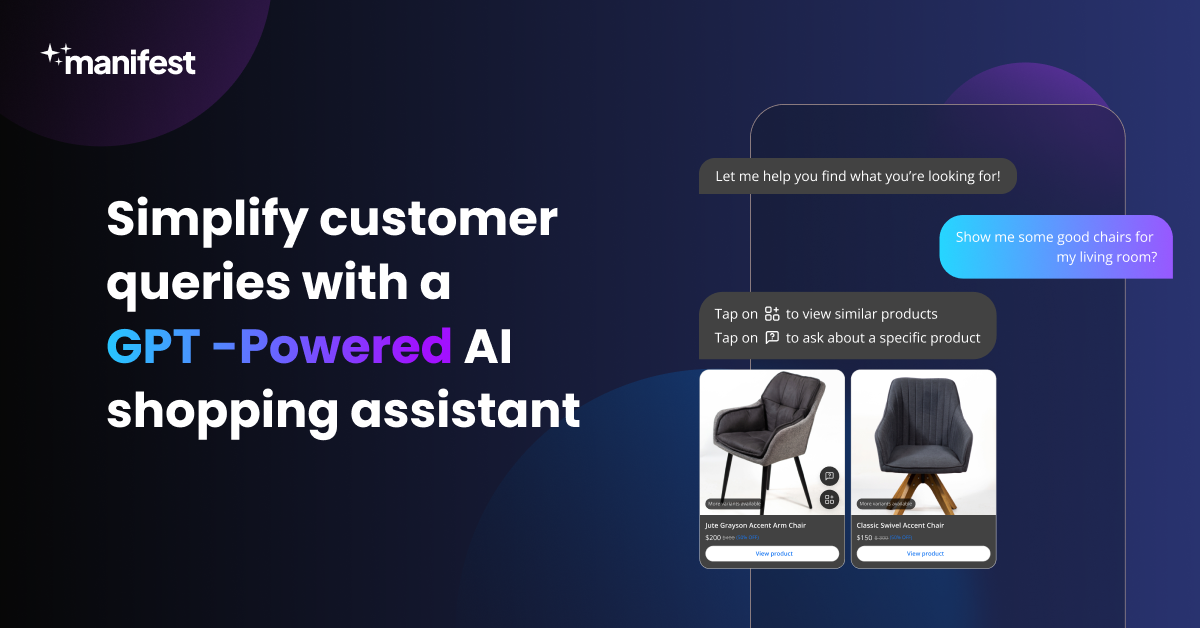The Essentials of Ecommerce Logistics for Online Sellers

In the world of online selling, the ability to get products into customers' hands efficiently and reliably is as crucial as the quality of the products themselves. Ecommerce logistics, covering everything from inventory management to the final delivery, forms the backbone of any successful online store. For online sellers, understanding the nuts and bolts of this process can mean the difference between a satisfied customer and a lost sale. This blog aims to delve into the essentials of logistics for ecommerce, providing a clear guide for online sellers on how to streamline their operations. By mastering these fundamentals, sellers can ensure their products not only reach their destinations but also contribute to positive customer experiences and business growth.
What is Ecommerce Logistics?

Ecommerce logistics refers to the process that starts from the moment a customer places an order online to when they receive their purchase. It encompasses several key steps, including storing inventory, managing stock levels, packing orders accurately, and shipping products promptly. Additionally, it involves handling returns and exchanges, ensuring that the entire cycle is efficient and customer-friendly. This process is fundamental for online stores, as it directly impacts delivery times, product condition upon arrival, and overall customer satisfaction. Effective logistics management is vital for maintaining a smooth operation, keeping costs in check, and ensuring that customers remain happy with their shopping experience. In essence, ecommerce logistics is the behind-the-scenes operation that brings an online sale to a successful conclusion.
Types of eCommerce logistics

Ecommerce logistics can be categorized into several types, each addressing different aspects of the delivery and supply chain process. Here's a brief overview:
- Inbound Logistics: Focuses on the movement of materials and products from suppliers to warehouses. It's all about receiving goods, storing them, and inventory management.
- Outbound Logistics: Involves the processes that take products from the warehouse shelf to the customer. This includes picking, packing, shipping, and handling returns.
- Reverse Logistics: Deals with the return of products from customers back to the company. It includes processing returns, exchanges, and managing refunds.
- Third-Party Logistics (3PL): Outsourcing logistics operations to a third-party company. These ecommerce logistics services can include transportation, warehousing, packing, and shipping, often offering a comprehensive ecommerce logistics solutions.
- Dropshipping: A method where the store doesn't keep the products it sells in stock. Instead, when a product is sold, the item is purchased from a third party and shipped directly to the customer.
- Same-Day Delivery: A fast delivery service where customers receive their orders on the same day they make the purchase. It requires efficient logistics planning and execution.
Components of Ecommerce Logistics

Ecommerce logistics is made up of several key components that work together to ensure products are efficiently moved from seller to buyer. Here's a brief look at each component:
- Inventory Management: This involves tracking stock levels to ensure there's enough product to meet customer demand without overstocking, which ties up resources.
- Warehousing: The physical location where products are stored before they are sold. Good warehousing practices help in organizing products for easy access and efficient dispatch.
- Order Fulfillment: The process from receiving an order to picking, packing, and preparing it for shipment. It's crucial for timely deliveries.
- Shipping and Delivery: Once an order is ready, it needs to be shipped to the customer. This component covers the transportation of goods, including the selection of carriers and determination of shipping routes and methods.
- Returns Management: Handling ecommerce returns logistics returns efficiently is vital for customer satisfaction. This includes receiving returned items, processing refunds or exchanges, and restocking items when appropriate.
- Customer Service: Supporting customers throughout the buying and post-purchase process. This can include answering questions, solving problems, and providing information about orders.
Challenges in Ecommerce Logistics
Ecommerce logistics management faces several challenges that can impact the efficiency of operations and customer satisfaction. Here’s a brief overview:
- Managing Inventory: Balancing enough stock to meet demand without overstocking can be difficult, especially with fluctuating sales patterns.
- Shipping Costs: Keeping shipping costs low while maintaining timely deliveries is a constant struggle, exacerbated by rising fuel prices and international shipping complexities.
- Delivery Times: Customers increasingly expect fast, if not immediate, delivery times, putting pressure on ecommerce businesses to streamline their logistics operations.
- Returns Handling: Processing returns quickly and efficiently, while managing the associated costs, poses a significant challenge, especially for small to medium-sized businesses.
- International Logistics: Expanding to serve international customers introduces complexities with customs, international ecommerce logistics regulations, and longer delivery times.
- Supply Chain Disruptions: External factors such as weather, political unrest, or pandemics can disrupt supply chains, delaying shipments and affecting inventory.
- Customer Expectations: Meeting or exceeding customer expectations in terms of delivery options, packaging, and overall service quality requires ongoing effort and innovation.
Strategies for Optimizing Ecommerce Logistics
Optimizing ecommerce logistics is essential for streamlining operations, reducing costs, and improving customer satisfaction. Here are some strategies to achieve these goals:
- Invest in Technology: Utilize software for inventory management, order processing, and shipping. Automation can significantly reduce manual errors and save time.
- Streamline Warehousing: Organize your warehouse efficiently to speed up order fulfillment. Implement systems like barcode scanning and automated storage and retrieval systems (AS/RS) to expedite processes.
- Choose the Right Shipping Partners: Partner with reliable ecommerce logistics and shipping software solution that offer competitive rates and delivery options. Consider multiple carriers to provide the best rates and services for different regions.
- Offer Multiple Delivery Options: Give customers a choice between different shipping speeds and costs. Flexible delivery options can increase customer satisfaction and conversion rates.
- Manage Returns Effectively: Simplify the returns process for customers by providing clear instructions and prepaid return labels. Efficient returns management can enhance customer loyalty.
- Analyze and Optimize Shipping Routes: Regularly review shipping routes and methods to find the most cost-effective and efficient options.
- Improve Packaging: Use the right size and materials for packaging to reduce weight and costs. Efficient packaging can also decrease the environmental impact.
- Monitor Performance: Regularly review logistics performance metrics to identify areas for improvement. This includes delivery times, shipping costs, and customer satisfaction ratings.
Increase your Shopify store's growth with AI

Manifest AI leverages GPT technology to enhance Shopify stores through advanced customer service features. This technology streamlines customer interactions by delivering tailored product suggestions and support, thus enriching the shopping experience. The AI-powered tools from Manifest AI equip store owners with comprehensive analytics, enabling smarter, data-driven decisions to boost their digital storefronts.
Key Benefits:
- Tailored Customer Engagement: The AI recognizes and addresses the unique requirements of each shopper, offering personalized product recommendations.
- Efficient Handling of Inquiries: Responses to common queries are expedited, freeing up resources to tackle more intricate customer issues.
- Enhanced Buying Experience: With AI's assistance, customers navigate the buying process more smoothly, increasing their contentment and loyalty to the store.
- Data-Driven Insights: The platform generates valuable analytics regarding shopper behaviors and preferences, aiding in the formulation of effective business strategies.
Conclusion
In essence, mastering ecommerce logistics is crucial for online sellers aiming to thrive in a competitive marketplace. From efficiently managing inventory to ensuring fast and reliable delivery, every aspect of logistics plays a pivotal role in enhancing customer satisfaction and driving sales. By adopting strategic approaches to overcome common challenges and continually seeking ways to optimize operations, sellers can build a robust logistics framework that supports business growth. Remember, the goal is to create a seamless shopping experience that keeps customers coming back. As the ecommerce landscape evolves, staying proactive in refining your logistics operations will be key to maintaining a successful online store.

.png)
